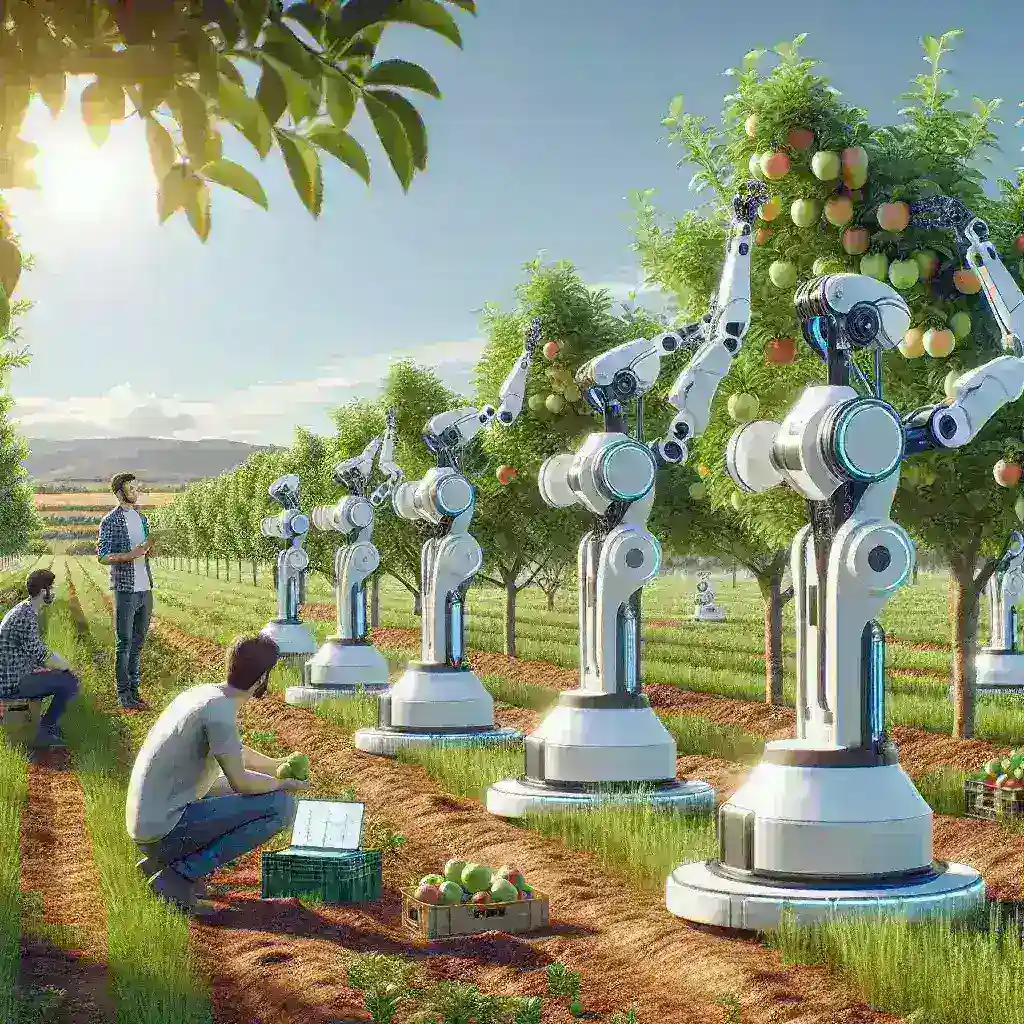Introduction
The agricultural sector has witnessed a profound transformation with the advent of technology. Among the most significant advancements is the emergence of agricultural robots designed specifically for precision harvesting of delicate fruit crops. These robots not only optimize labor but also significantly enhance the quality and sustainability of fruit production.
The Role of Agricultural Robots
Agricultural robots have become indispensable tools in modern farming. They are engineered to perform various tasks, from planting to harvesting. When it comes to delicate fruit crops such as berries, cherries, and grapes, precision is paramount. Traditional harvesting methods often result in damage to the fruit, leading to financial losses for farmers and reduced quality for consumers. Agricultural robots mitigate these issues with their advanced technology.
Understanding Precision Harvesting
Precision harvesting refers to the careful collection of fruits at the optimal time, ensuring maximum quality and minimal waste. Robots equipped with sophisticated sensors and artificial intelligence can assess the ripeness of fruit, determining the perfect moment for harvesting. This capability not only preserves the integrity of the fruit but also reduces the likelihood of bruising and spoilage.
Advantages of Using Agricultural Robots
Integrating robots into the harvesting process offers numerous benefits:
- Increased Efficiency: Robots can work continuously without fatigue, significantly increasing the speed of harvesting.
- Reduced Labor Costs: By automating the harvesting process, farmers can decrease their reliance on seasonal labor, which is often scarce.
- Enhanced Quality Control: With precise harvesting, the quality of the fruit is maintained, leading to better market prices.
- Data Collection: Robots can gather valuable data on crop health and yield, helping farmers make informed decisions for future planting and harvesting.
Technological Innovations in Agricultural Robotics
The technological innovations driving agricultural robots are impressive. Many robots are designed with:
- Vision Systems: These systems use cameras and sensors to identify ripe fruit and assess their condition.
- Machine Learning: Robots utilize machine learning algorithms to improve their harvesting techniques based on previous experiences.
- Gentle Handling Mechanisms: Advanced robotic arms and grippers are designed to handle delicate fruits with care, minimizing damage.
Challenges in Implementing Agricultural Robots
Despite the significant advantages, the implementation of agricultural robots is not without challenges. Some of the key issues include:
- High Initial Costs: The investment required for robotic systems can be substantial, deterring some farmers from adopting this technology.
- Technical Maintenance: Robots require regular maintenance and updates, necessitating skilled technicians.
- Integration with Existing Systems: Farmers may face difficulties integrating robotic systems with traditional farming practices.
Case Studies: Successful Implementation
Several farms worldwide have successfully integrated agricultural robots into their operations:
- Harvest CROO Robotics: This Florida-based company has developed a strawberry harvesting robot that can pick berries at a rate of over 8,000 berries per hour. Its gentle touch ensures that the fruit remains intact and market-ready.
- Agrobot: Operating in Spain, Agrobot’s robots utilize advanced sensors to identify ripe strawberries, picking them with precision while minimizing damage.
The Future of Agricultural Robots in Fruit Harvesting
The future of agricultural robotics looks promising. As technology continues to evolve, we can expect advancements such as:
- Increased Autonomy: Future robots may operate with even greater autonomy, combining real-time data with advanced decision-making capabilities.
- Collaboration with Artificial Intelligence: AI will play a more significant role in optimizing harvesting strategies and improving machine learning capabilities.
- Sustainability Focus: With a growing emphasis on sustainable farming practices, robots will likely be designed to reduce waste and energy consumption.
Conclusion
Agricultural robots are reshaping the landscape of fruit harvesting, particularly for delicate crops. Their ability to perform precision harvesting not only enhances efficiency but also improves the quality of the fruits produced. As these technologies continue to develop and become more accessible, the agricultural industry stands on the brink of a new era, where the integration of robotics and farming will lead to sustainable and prosperous practices. The journey is just beginning, and the potential is limitless.

